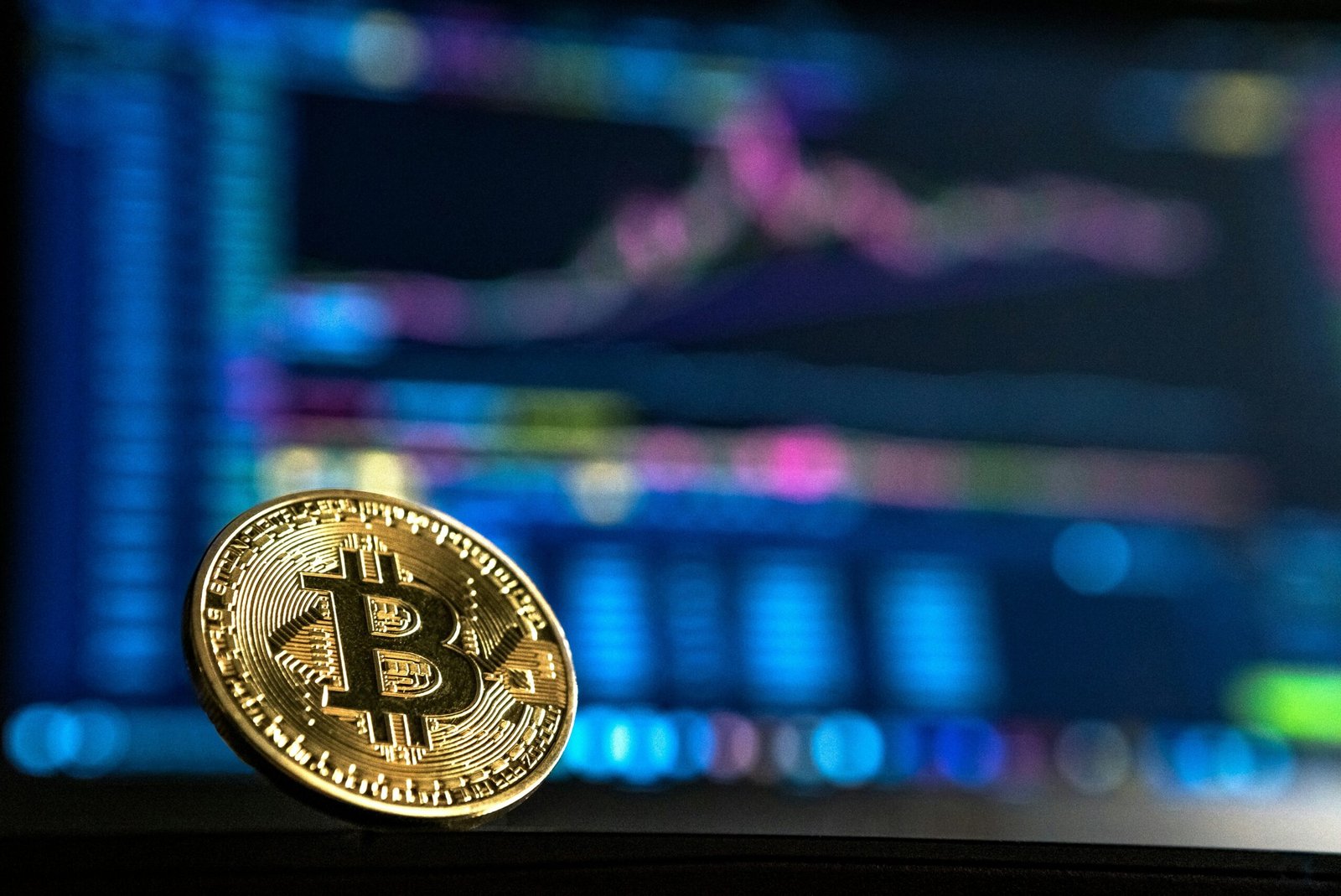
The RBI meetings will also address the challenges and opportunities in the banking sector. The central bank will review the performance of commercial banks, assess their capital adequacy, and monitor non-performing assets (NPAs). The committee may introduce regulatory measures to strengthen the banking system and promote financial stability.
Furthermore, the RBI meetings will provide an opportunity to discuss global economic developments and their potential impact on the Indian economy. The central bank will assess international factors such as global trade tensions, geopolitical risks, and changes in monetary policies of major economies. These discussions will help the RBI formulate a comprehensive monetary policy that considers both domestic and global factors.
In conclusion, the upcoming RBI meetings on April 3-5, 2024, hold immense significance for the Indian economy. The decisions taken during these meetings will shape the monetary policy framework for the fiscal year 2024-25 and influence various sectors. As stakeholders eagerly await the outcome, the RBI’s actions will have a far-reaching impact on inflation, GDP growth, banking sector stability, and the overall economic outlook of the country.
Expectations for the Next Monetary Policy
Many experts anticipate that the RBI will likely begin lowering the repo rate during the second quarter of 2024, possibly in June or July. This expectation is based on several factors, one of which is the decrease in retail inflation, making it more feasible for the RBI to initiate repo rate cuts.
However, it is important to note that the RBI’s focus is expected to shift towards lowering inflation to meet the target of 4 percent, especially after the estimated GDP growth of around 8 percent, which has alleviated concerns about economic growth.
Furthermore, the RBI’s decision to lower the repo rate is also influenced by the global economic landscape. With major economies like the United States and Europe experiencing a period of economic recovery, the RBI may feel more confident in implementing expansionary monetary policies. This is because a lower repo rate can stimulate borrowing and investment, thereby boosting economic activity and potentially attracting foreign investments.
Moreover, the RBI’s decision to lower the repo rate may also be driven by the need to support domestic industries. As the economy gradually recovers from the impact of the COVID-19 pandemic, businesses across various sectors may require easier access to credit in order to expand their operations, invest in new technologies, and create employment opportunities. By reducing the cost of borrowing, the RBI can encourage banks to lend more to these industries, thereby facilitating their growth and contributing to overall economic development.
However, it is worth noting that the RBI’s decision to lower the repo rate will also depend on other macroeconomic indicators, such as fiscal deficit, current account deficit, and exchange rate stability. If these indicators show signs of instability or pose risks to the economy, the RBI may adopt a more cautious approach and delay repo rate cuts.
In conclusion, while there are expectations for the RBI to begin lowering the repo rate in the coming months, the decision will be influenced by a range of factors, including inflation levels, GDP growth, global economic conditions, and the needs of domestic industries. As the RBI strives to strike a balance between promoting economic growth and maintaining price stability, its next monetary policy announcement will be eagerly awaited by market participants and policymakers alike.
Looking ahead to the rest of 2024, there are several factors that could potentially influence the repo rate scenario in India. One key factor is the monsoon outcomes, as a good monsoon season can have a positive impact on agricultural production and help keep food inflation in check. The monsoon season typically runs from June to September, and any unexpected deviations from the normal rainfall patterns could lead to inflationary pressures.
Another factor to consider is the sustained growth momentum of the Indian economy. While the GDP growth rate has been impressive in recent quarters, it will be crucial to see if this momentum can be maintained over the long term. Factors such as investment, consumption, and government policies will play a significant role in determining the sustainability of growth.
Furthermore, decisions by the US Federal Reserve can also have implications for the repo rate in India. Any changes in the US interest rates can impact capital flows to emerging markets like India, which in turn can influence the country’s monetary policy decisions. Therefore, it will be important to monitor the actions and statements of the US Federal Reserve and their potential impact on India’s economy.
Additionally, global economic conditions and geopolitical developments can also have indirect effects on India’s repo rate. For instance, if there are any major disruptions in global financial markets or an escalation of trade tensions between major economies, it could lead to a more cautious approach by the RBI in terms of monetary policy.
In summary, while the current anticipated repo rate scenario suggests that the rates and stance will remain unchanged in the near term, several factors need to be closely monitored to assess any potential changes. The monsoon outcomes, sustained growth momentum, decisions by the US Federal Reserve, global economic conditions, and geopolitical developments will all play a crucial role in shaping the future trajectory of India’s repo rate.
The inflation outlook for India remains a key concern for the Reserve Bank of India (RBI) as it strives to maintain price stability while supporting economic growth. The government’s directive to keep inflation within a narrow range of 2 percent on either side of 4 percent underscores the importance of this objective.
Recent developments indicate a positive trend in inflation, with Deputy Governor Michael Debabrata Patra highlighting this during a seminar for central bankers in Kyoto, Japan. The easing off of inflation can be attributed to several factors that have contributed to a more favorable environment.
Firstly, the impact of the pandemic on inflation has subsided to a certain extent. The initial disruptions caused by the lockdown measures and supply chain bottlenecks have gradually eased, allowing for a more stable pricing environment. Additionally, the implementation of various government initiatives to stimulate demand and support businesses has helped in containing inflationary pressures.
Furthermore, weather-related changes affecting food prices have also played a role in the recent moderation of inflation. Favorable climatic conditions and improved agricultural productivity have contributed to a better supply of essential commodities, thereby alleviating the upward pressure on prices.
Another factor influencing inflation dynamics is the global commodity market. The conflict between Russia and Ukraine, coupled with other geopolitical tensions, has led to increased commodity prices worldwide. However, the impact on domestic inflation has been somewhat mitigated due to a combination of factors, including the government’s proactive measures to manage price volatility and the RBI’s vigilant monitoring of international developments.
Looking ahead, the upcoming RBI meetings in April 2024 are expected to maintain the current repo rate and stance. The focus will remain on managing inflation within the prescribed range while supporting economic growth. The RBI will continue to closely monitor domestic and global factors that could impact inflation dynamics and take appropriate measures to ensure price stability.
- #Mumbai
- #Delhi
- #Bangalore
- #Kolkata
- #Chennai
- #Hyderabad
- #Pune
- #Ahmedabad
- #Jaipur
- #Surat
- #Lucknow
- #Kanpur
- #Nagpur
- #Patna
- #Indore
- #Thane
- #Bhopal
- #Visakhapatnam
- #Vadodara
- #Firozabad




